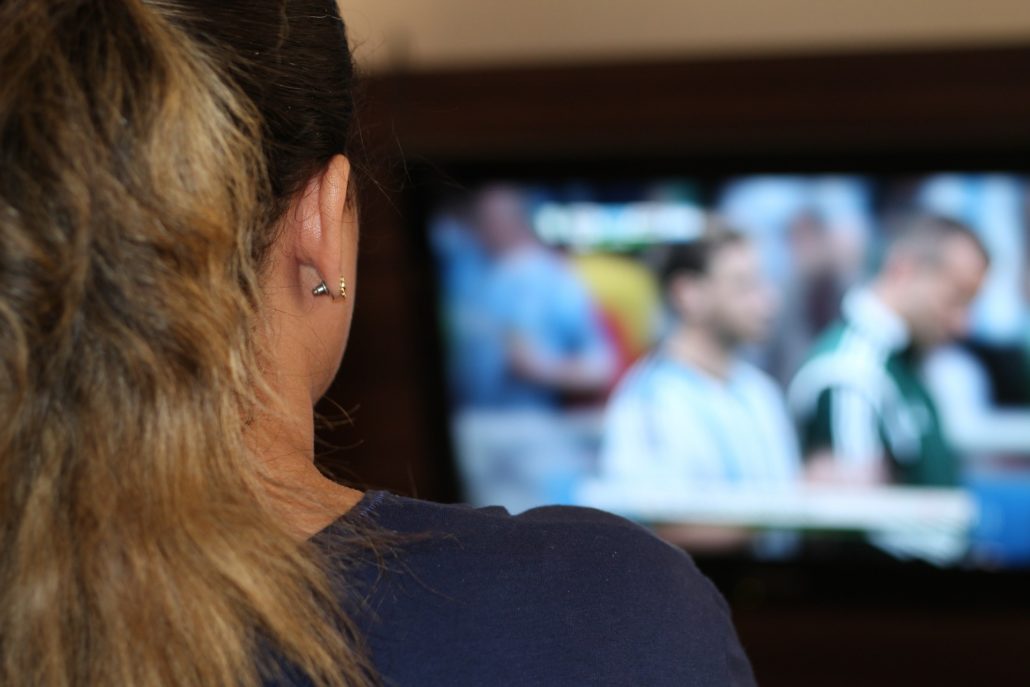Real-Time Subtitles Transform Lives
Professional subtitling services and closed captioning have transformed the lives of deaf and hard-of-hearing people since the 1980’s, giving them access to fully enjoy television. TV subtitles transcribe the dialogue on television and are displayed at the bottom of the screen; through a decoder, viewers have the choice whether to see the closed captions or not. This audiovisual transcription is rendered in time before the tv programme is aired or goes to DVD.
When a television programme is ‘live’ or filming is finished very close to transmission, it’s not feasible to get the subtitles sorted in time. This is where real-time subtitles come in. Approximately 200 million live words are subtitled every year and live broadcast subtitling comes with many challenges for stenographers and respeakers – they have one of the most challenging jobs in the TV business. This is because the nature of the job comes with making typographic errors and mis-hearing of dialogue, with no time available to correct the transmission of subtitles before it airs on live television.
Live broadcast subtitling is made possible through a stenographic keyboard used by an experienced real-time captioner. This keyboard allows the captioner to type in each word phonetically to save time, similar to journalists using shorthand. The stenograph machine is connected to a computer that translates the phonetic transcription into readable text. This text is then sent to the television station via a phone line and modem and encoded into the broadcast signal, which is then decoded as closed captions on the television screen. Naturally, there will be a noticeable delay between the speech and the steno captions, but the captioner will be trained to type as fast as possible, at speeds of up to 250 words each minute. Captioners also work with a unique dictionary germane to the programme being captioned. Specific words are entered into the dictionary in advance of the live broadcast, saving lots of time when captioning.
Respeaking is another method used in subtitles for live streaming – it’s only applied in live broadcasting. Professional respeakers listen to speech in real time and re-speak what they hear into a speech recognition engine, which translates it all into written subtitles. They are trained to speak in a certain way and need to talk fast and accurately. Respeaking for live TV is so fast that subtitles appear 6-10 seconds after a sentence is emitted on television. To make for text that is more easily read for viewers, punctuation is also added by the respeaker. Often professional captioners and respeakers deliberately shorten the subtitles to create text that is more easily read, meaning that the subtitles don’t always match the dialogue word-for-word exactly.
Looking for a subtitling agency? Glocal Media provide a professional subtitling service with exceptional audiovisual transcription. Subtitles for live streaming need not be an obstacle to overcome – contact Glocal Media today.
Author Byline:
Newcastle born and bred, Laura Driver is a post-graduate now living in Hampshire who writes for Glocal Media. Her bike is her best friend and she can cook amazing gnocchi and chorizo pasta bakes.



